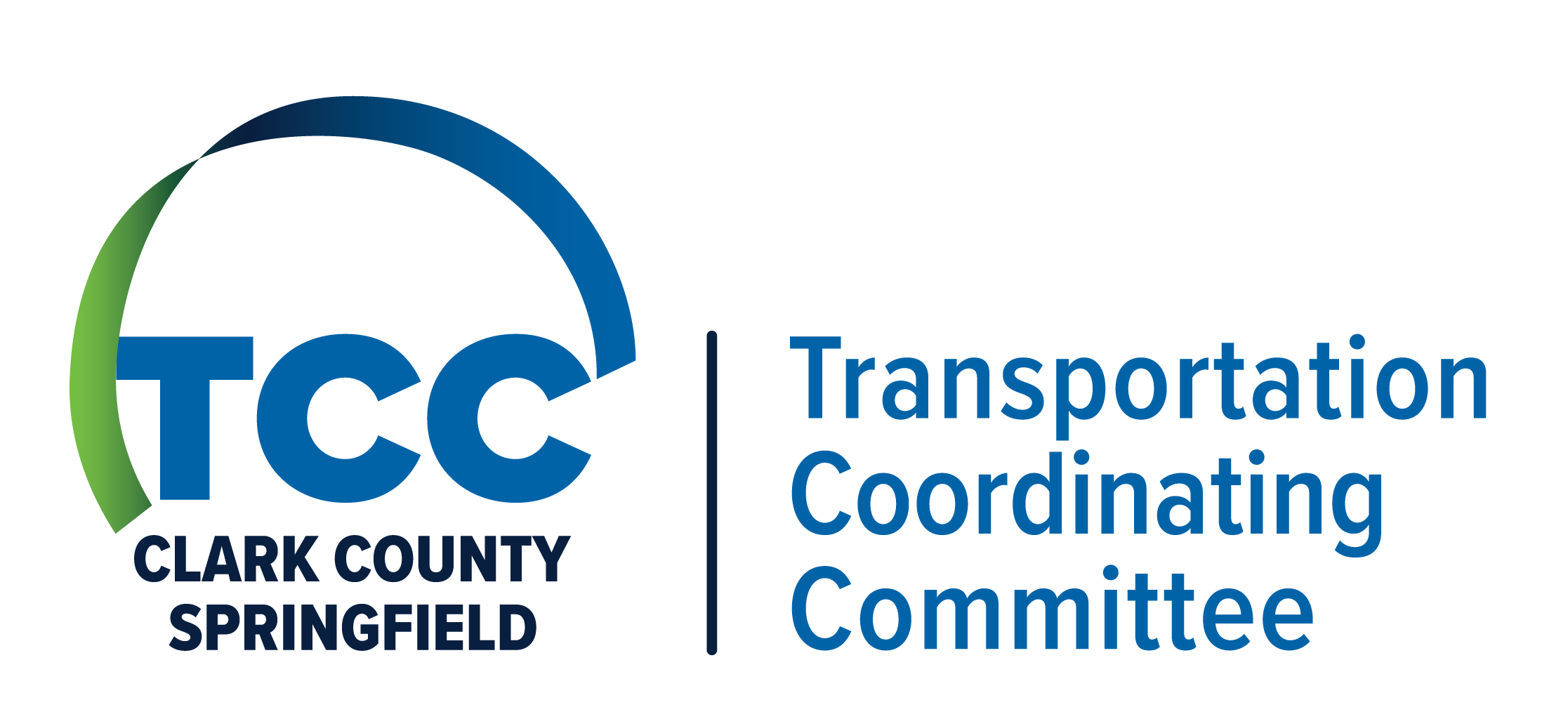Air Quality
Air Quality Awareness
It is important for Clark County area residents to understand air pollution, where it comes from, how it can affect us, and most importantly – what we can do to prevent it. Go to Care For Your Air for more information.
1997 Ozone Standard Conformity Determination
The Dayton-Springfield Region is comprised of the counties of Clark, Greene, Miami, and Montgomery in west-central Ohio. Three counties (Clark, Greene, and Montgomery) are designated attainment/former maintenance for the Annual PM2.5 Standard. All four counties are designated attainment/former maintenance for the 1997 Ozone Standard. Clark County Springfield Transportation Coordinating Committee (CCS-TCC) serves as the Metropolitan Planning Organization (MPO) for Clark County while MVRPC serves as the MPO for the remainder counties: Greene, Miami, and Montgomery.
Both the 1997 Ozone standard and the 1997 PM2.5 standard were revoked in April 2015 and October 2016 respectively for all purposes including conformity. However a recent U.S. Court of Appeals decision (No. 15-1115) struck down portions of the 2008 Ozone Standards SIP Requirements Rule associated with the revocation of the 1997 Ozone Standard. Areas such as ours that were maintenance for the 1997 Ozone Standard at the time of revocation and are designated as attainment for the 2008 Ozone Standard and have not been required to make transportation conformity determinations are required, as a result of this decision, to restart the conformity process.
The Technical Memorandum for conformity under the 1997 Ozone standard can be viewed online here.

For more information on Air Quality Conformity please contact Glen Massie at gmassie@clarkcountyohio.gov.
OZONE/PM season
What is ground-level ozone and how does it affect me?
Ground-level ozone is a colorless, odorless gas produced when emissions from gasoline-powered engines mix with bright sunlight. When inhaled, ground-level ozone can inflame your lungs making it difficult to breathe. It can cause coughing, throat irritation, congestion, chest pains and aggravate asthma or breathing problems.
What is particle pollution and how does it affect me?
Particle pollution consists of the solid particles and liquid droplets found in the air. Individually, these particles/droplets are invisible to the naked eye, but collectively, they can appear as clouds or a fog-like haze. This tiny matter, less than 2.5 microns in diameter, is also known as PM 2.5, and can get deep into people’s lungs. Particle pollution comes from many different sources including wood burning, diesel and gasoline-powered engines, factories and power plants. When inhaled, particle pollution can damage lung tissue, aggravate asthma, bronchitis and heart diseases – even cause premature death.
What are “Air Pollution Advisory” notices
The Regional Air Pollution Control Agency (RAPCA) monitors the air in the Miami Valley. If and when air pollution levels are forecasted to be high, an “Air Pollution Advisory” will be issued by the Miami Valley Regional Planning Commission (MVRPC) in conjunction with RAPCA.
When will these “Air Pollution Advisory” notices be issued?
These notices will be issued by 3:30 p.m. the day before air pollution levels are forecasted to be elevated. Remember also, unlike ground-level ozone, particle pollution does not need sunlight to form and can reach unhealthy levels at any time during the year. Consider this – colder temperatures result in more wood burning which increases particle pollution. Particle pollution is so fine that it can remain suspended in the air for long periods of time. Therefore, an “Air Pollution Advisory” may be issued at any time during the year.
Particle pollution comes from many different sources including diesel and gasoline powered engines, factories, outdoor burning, and power plants.
Actions that can be taken to help reduce the concentration of particle pollution are:
- eliminate outdoor burning
- reduce driving
Ground-level ozone is formed when bright sunlight interacts with emissions from automobiles and small gasoline powered engines. These emissions when floating in the air form SMOG.
Actions that can be taken to help reduce the concentration of ground level ozone are:
- avoid driving, if possible
- refuel your vehicle only after 6 p.m.
- if you must drive, combine errands or delay them
- drive a car that is well tuned
- limit use of small gasoline powered engines
- mow lawn after 6 p.m.

For more information, please contact Glen Massie at gmassie@clarkcountyohio.gov.
